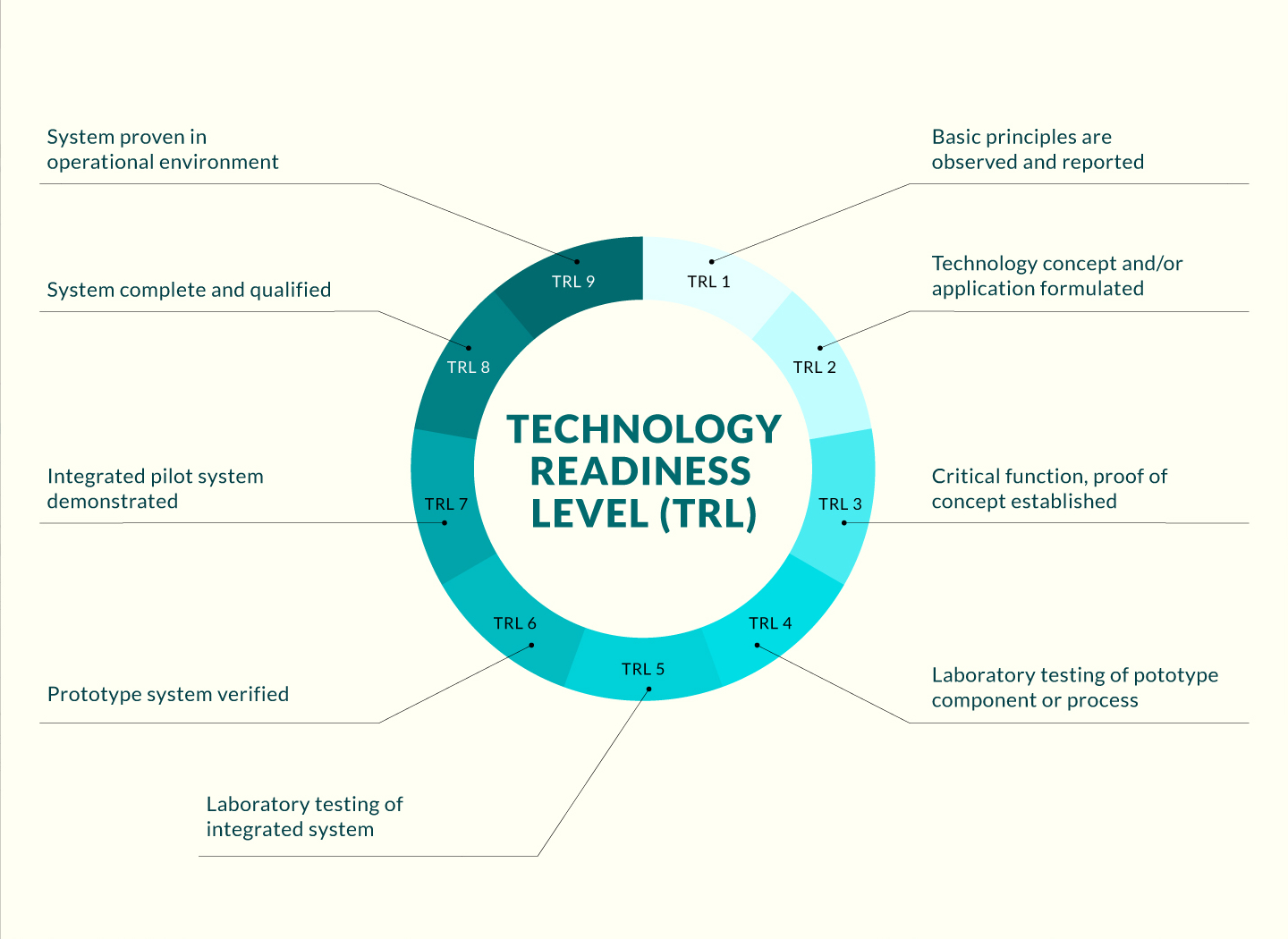
Opportunity
Submarine telecommunications cables are an essential component of the modern global economy, and given the current expansion of international connections, it’s unsurprising that the global network of submarine telecommunications cables is forecasted to double in size within the near future. However, laying and maintaining such systems comes with considerable costs, and geological activity such as earthquakes, volcanic eruptions, and landslides can damage cables and thereby disrupt communications. It is therefore critical that these cables be laid in locations in which the risk of seismic activity is low. Yet there remain many areas for which only limited seismic information is available. This invention provides a methodology for deriving seismic hazard data for an area in which such data is unknown.
Technology
This methodology utilizes a simulation model that processes geological and/or seismological data that is associated with a given area for which seismic hazard data is unknown. This area can be an onshore, offshore, or offshore-and-onshore location (with an onshore and offshore area involving ground motions from both above water and below water). The model is trained using a machine learning algorithm that processes the geological and/or seismological data, along with its corresponding seismic hazard data, for an area in which such data is already known. The trained algorithm can then produce a simulation for a given area for which seismic hazard data is unknown, and the resulting ground motion intensity data can then be analysed in accordance with probabilistic seismic hazard analysis (PSHA). This data can in turn be rendered as part of a hazard map, thereby making it possible to plan development in terms of minimizing potential hazards.
Advantages
- This invention provides a means for processing and analysing massive amounts of geological and seismic data that would otherwise be difficult to manage.
- This invention provides a means of determining seismic hazard information for areas that would otherwise be unknown.
Applications
- This methodology can be implemented for determining the path arrangement of infrastructure links such as communications cables, pipelines, and transportation links (e.g. roads, railways, and walkways).
- This methodology can be implemented for both onshore and offshore areas.



